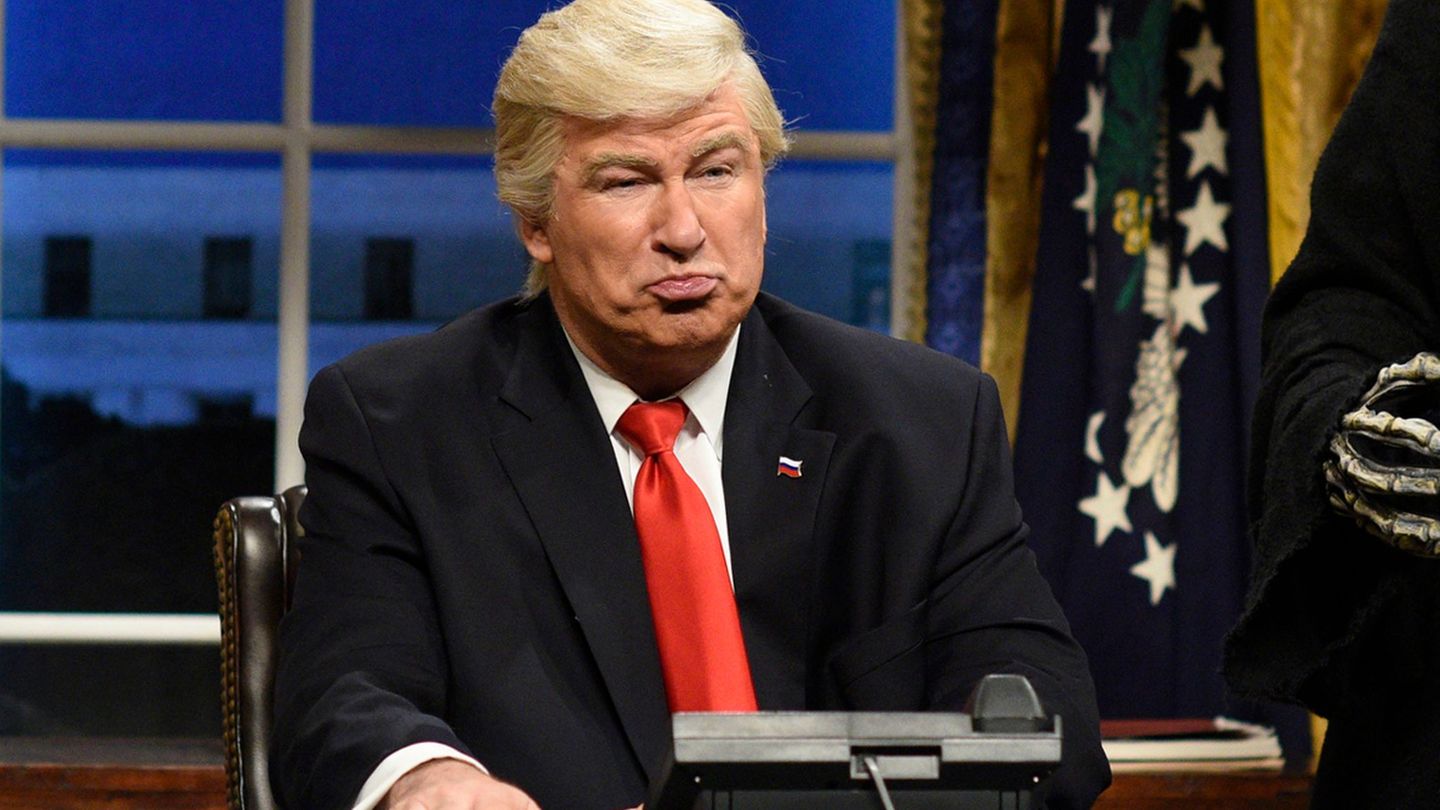Despite the intervention of the Government to stop the escalation -according to market sources-, the dollar “Cash with settlement” (CCL) -operated with the GD30 bond- advanced $7.24 (+1.6%) to $462.32, after going down and punching the $450 at the start of the wheel. In this way, the gap with the official reached the 110%, a level not seen since last September (114.5%).
Learn more – Follow the price of the blue, official, CCL and MEP dollar in Argentina
For his part, he dollar MEP or Bag -operated with the GD30 bond- increased $11.27 (+2.6%) to $449.02. Thus, the gap with the wholesaler reached the 103.9%.
In the informal market, meanwhile, the Dolar blue accelerated its bullish momentum, climb another $20 (+4.5%) to the unpublished $462, after hitting an intraday high of $465. The exchange rate gap against the official widened to 109.8%. eight month maximum. Since it began its bullish rally, almost two weeks ago (Tuesday, April 11), the blue dollar accumulated a jump of $71 (+18.2%) to surpass the price of the Qatar dollar for the first time on Monday ($453.88). .
In turn, the crypto dollar or Bitcoin dollar rose 1.8% to $462.01based on the average among local exchanges reported by Coinmonitor.
In the midst of another critical day due to the rise in the blue dollar and the parallels, the head of the Central Bank (BCRA), Miguel Pesce, met after the closing of the market in Casa Rosada with the president Alberto Fernandez. According to official sources, “President Alberto Fernández discussed with the head of the Central Bank the generation of negative expectations in marginal dollar markets, which were not validated in formal markets.” “Pesce also informed you that the BCRA registered a new positive round in the exchange market where it accumulated purchases in April for almost US$200 million while facing extraordinary payments for energy imports,” the sources added.
Last week the Central Bank decided to raise rates by 300 basis points, taking the yield to 81% TNA (118% TEA) for terms of up to $10 million and 72.5% for the rest of the fixed terms. This rate implies a monthly yield of 6.75% that “remains below the inflation expected for April (above 7% m/m), resulting in real interest rates that continue to be negative,” said Delphpos. Have Pesce and the President talked about an extra adjustment for the coming weeks, given the dynamics shown by the parallels?
The truth is that, for now, the complex and uncertain economic and political panorama is maintaining pressure on the price of the blue and financial institutions in the face of hedges in hard currency. “What is happening is a search for coverage against rumors and possible news that may come in the exchange market and so the blue is taking a little note, the MEP and the CCL are also trying to protect themselves,” commented analyst Salvador Vitelli. “The Argentine market in the face of uncertainty prefers certainty and that refuge is provided by the dollar,” Vitelli stated.
From Investing in the Stock Market (IEB) they indicated that the financial dollars “they presented a certain delay compared to the rest of the macroeconomic variables and finally the inflation data for the month of March was what triggered the increase in the demand to obtain coverage to the CCL”.
According to calculations by the economist Fernando Marull, the blue at $462 “is equal to the ‘Dollar Duhalde’ (the $4 of 2002, adjusted for inflation, today is $466)”. But it is still “below the ‘Covid Dollar of $680 of October 2020, the ‘Guzman Dollar’ of $540 of July 2022, or the ‘Convertibility Dollar of $510′”. In other words, the current values are nominal records, but they remain far from the crisis values in real terms of the Alberto Fernández Administration.
blue marull.png
According to market sources, the gap could touch a momentary ceiling of 120%, from the current 110%. They project that only in the first days of May could the price of blue loosen “before a greater offer for the payment of salaries or cancellation of expenses.”
“Given the current dynamics and a fragility of flows far from being solved (there are few dollars and more and more pesos), the CCL may have a lot of volatility in the short term, especially while there is uncertainty regarding the electoral result. However, in the long term term, the exchange rate gap is high at around 100%. In historical terms, we are at levels close to December 2002, when the political uncertainty following the 2001 crisis had still not been resolved,” noted a report from Adcap Financial Group.
Last week, President Alberto Fernández said that he will not seek his re-election, a decision that was demanded by Kirchnerism. For his part, former President Mauricio Macri, one of the leaders of the opposition coalition Together for Change, will not run for president either. “Fernández’s resignation does not change the substance of the matter and there are many doubts that enough agricultural dollars will enter,” said the economist Camilo Tiscornia and affirmed that “The scenario is very volatile.”
“The key this week is the expectation that the BCRA will recover reserves with greater dynamism from the agricultural liquidation and higher stocks, while the Treasury will have a demanding test when facing maturities of 985,000 million pesos,” They commented from Cohen Aliados Financieros.
Meanwhile, the Central Bank, which in recent weeks sped up the so-called “crawling peg” or controlled devaluation of the currency, bought about $106 million thanks to the application of a special exchange rate called ‘soybean dollar 3’, from which US$105.8 million.
With this performance, the April result for the BCRA turned positive for $190 million and the accumulated in this third stage of special change adds up to US$1.390 million. It was in a scenario with “little authorized demand, due to the effect of renewed restrictions, which require fine-tuning of all control systems,” commented analyst Gustavo Quintana, beyond the fact that during the day payments for energy imports were made for US$180 million.
Let us remember that the BCRA ordered on Thursday the postponement until the end of the year of payments for imports of professional services and freight for US$2,000 million between related companies to deal with the shortage of reserves.
“The operation in the MULC was positive, being able to accumulate everything liquidated in the soybean dollar 3 program for the second consecutive round. However, in the financial market, the participants continue to push the exchange rates up, making the gaps with compared to the official exceed 100%. These gap values have not been seen since September/October 2022”they pointed out from Aurún Valores.
In this context, the dollar wholesalerwhich is directly regulated by the BCRA, $1.68 appreciated at $220.21. Thus, the daily rate of rise of the official touched 96.1% TNA (vs. 80.9% on Friday and 93.1% on Thursday). “The five-day moving average reached a speed of 91.5% (149.4% of TEA), being the highest devaluation rate in the Fernández administration,” they estimated from PPI.
“We see that a trend towards the dollarization of investment portfolios is consolidating, leveraged by the political movements of last week, the drought and the electoral route still ahead. With these outstanding ingredients, the Ministry of Economy will have the difficult mission of reassuring the markets”, they said from Balanz.“We find global bonds attractive at current levels as they are below restructuring scenario prices”they added. Within this framework, the Argentine country risk it fell nine units, to 2,624 basis points.
How much did the dollar close today? monday april 24
He qatar dollar -which includes 30% of the COUNTRY tax, 45% deductible from Income Tax and Personal Property Taxand a new perception of 25% on account of Personal Assets- it rose $2.72 to $453.88.
In this way, it was surpassed by blue for the first time since its implementation, in October 2022.
This exchange rate applies to consumption abroad with debit and credit cards over US$300 per month per person.
For his part, he savings dollar or solidarity dollar -which includes 30% COUNTRY tax and 35% deductible from Income Tax and Personal Assets- it advanced $2.24 to $374.45.
How much did the tourist dollar close at, Monday, April 24
He tourist dollar or card -Retailer plus 30% of the COUNTRY Tax, and a perception of 45% deductible from the Income Tax and of Personal property for consumption with cards abroad up to $300 per month- escalated $2.38 to $397.15.
Source: Ambito
I am a 24-year-old writer and journalist who has been working in the news industry for the past two years. I write primarily about market news, so if you’re looking for insights into what’s going on in the stock market or economic indicators, you’ve come to the right place. I also dabble in writing articles on lifestyle trends and pop culture news.




